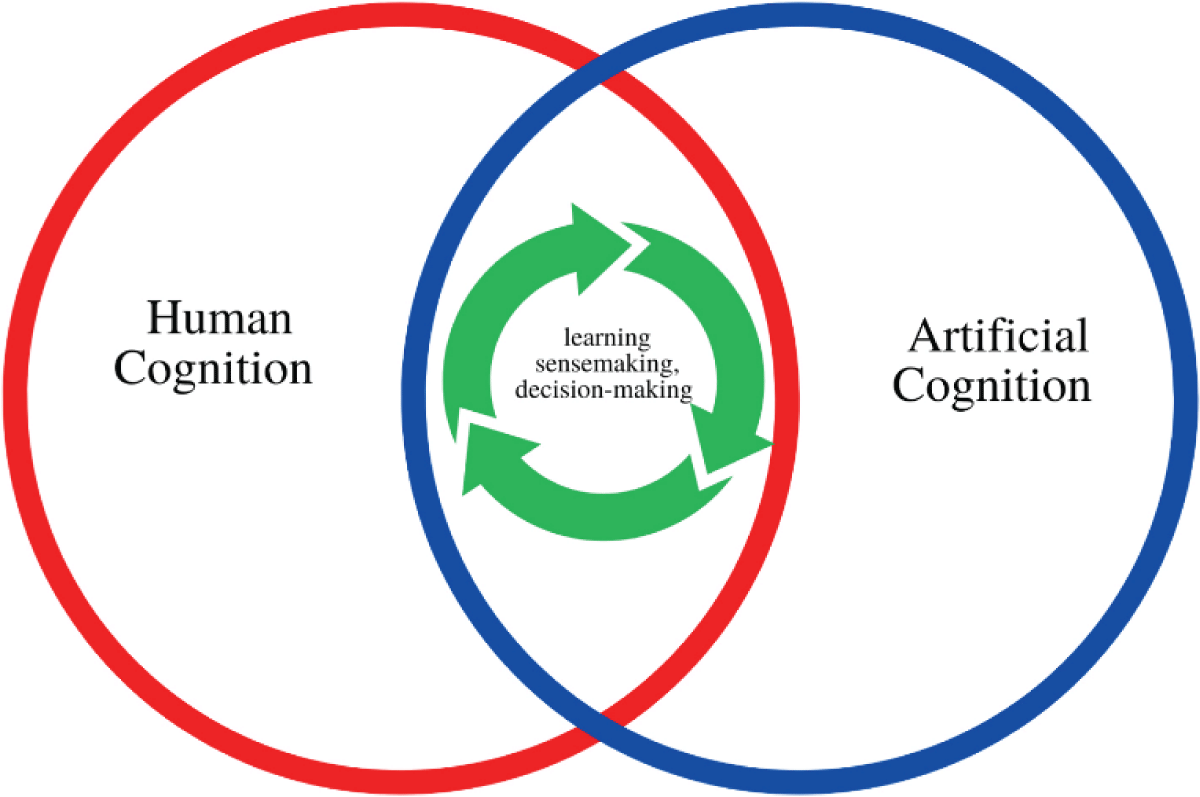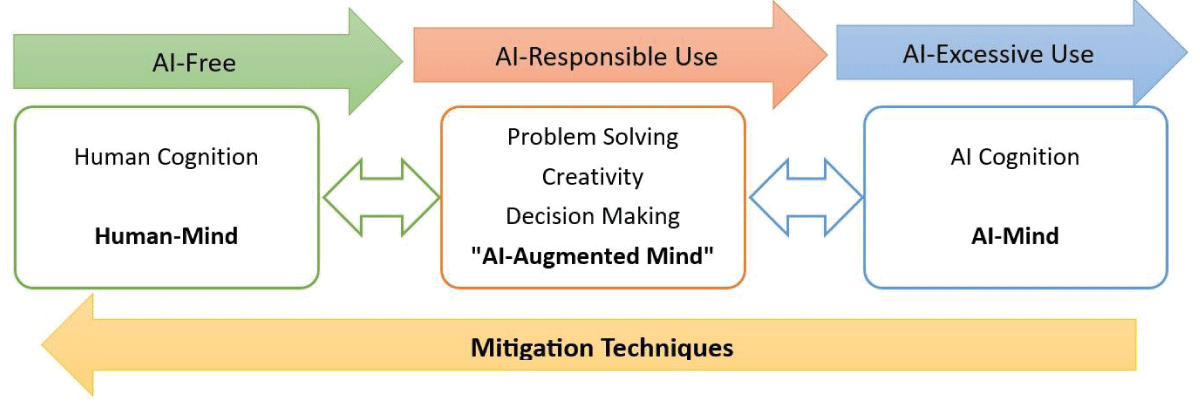Balancing the Dynamics: Examining the Interaction Between Human Judgment and AI in Problem-solving, Creativity, and Decision-making
Balancing Act: Understanding the Interplay Between Human Judgment and AI in Creativity and Decision-Making
The rise of artificial intelligence (AI) has revolutionized problem-solving, creativity, and decision-making processes. However, it comes with a significant question: how can we balance AI’s capabilities with human judgment and intuition? This post dives into the implications of relying heavily on AI and explores strategies for maintaining human agency while leveraging AI’s potential.
The Role of AI in Cognitive Processes
AI has proven to be a powerful tool for enhancing problem-solving and decision-making by processing vast amounts of data efficiently. Yet, while AI can augment creativity and decision-making, it cannot fully replicate the complex emotional and ethical dimensions of human cognition. The study explored in this post highlights how AI impacts these areas and provides real-world insights from individuals experienced in using AI.
Key Insights and Challenges
- AI’s Impact on Problem-Solving: Many users appreciate how AI simplifies tasks and offers data-driven solutions. However, there is a risk of overreliance, which could stifle critical thinking and diminish problem-solving skills.
- Creativity Enhancement or Limitation?: AI can inspire new ideas, but it may also limit independent thinking if used excessively. Striking a balance is essential to prevent creative stagnation.
- Decision-Making with AI: While AI supports decision-making by offering predictive insights, users must combine these suggestions with their judgment to account for unique variables and ethical considerations.
Ethical Considerations and the ‘Black Box’ Problem
One significant concern highlighted is the ‘black box’ nature of AI—where decision-making processes are not transparent. This opacity can erode trust, making it crucial for users to critically evaluate AI outputs and understand the limitations of such systems.
Conclusion: Striking the Balance
The research emphasizes that while AI can augment human capabilities, it should not replace them. Maintaining a balanced approach involves leveraging AI for its strengths while preserving human judgment and ethical responsibility.
Tags
- AI and Creativity
- Problem-Solving with AI
- Human Judgment and AI
- Ethical AI Integration
- AI in Decision-Making

Coordination between human cognition and artificial cognition

The shift from AI-Augmented Minds to AI-Minds.
